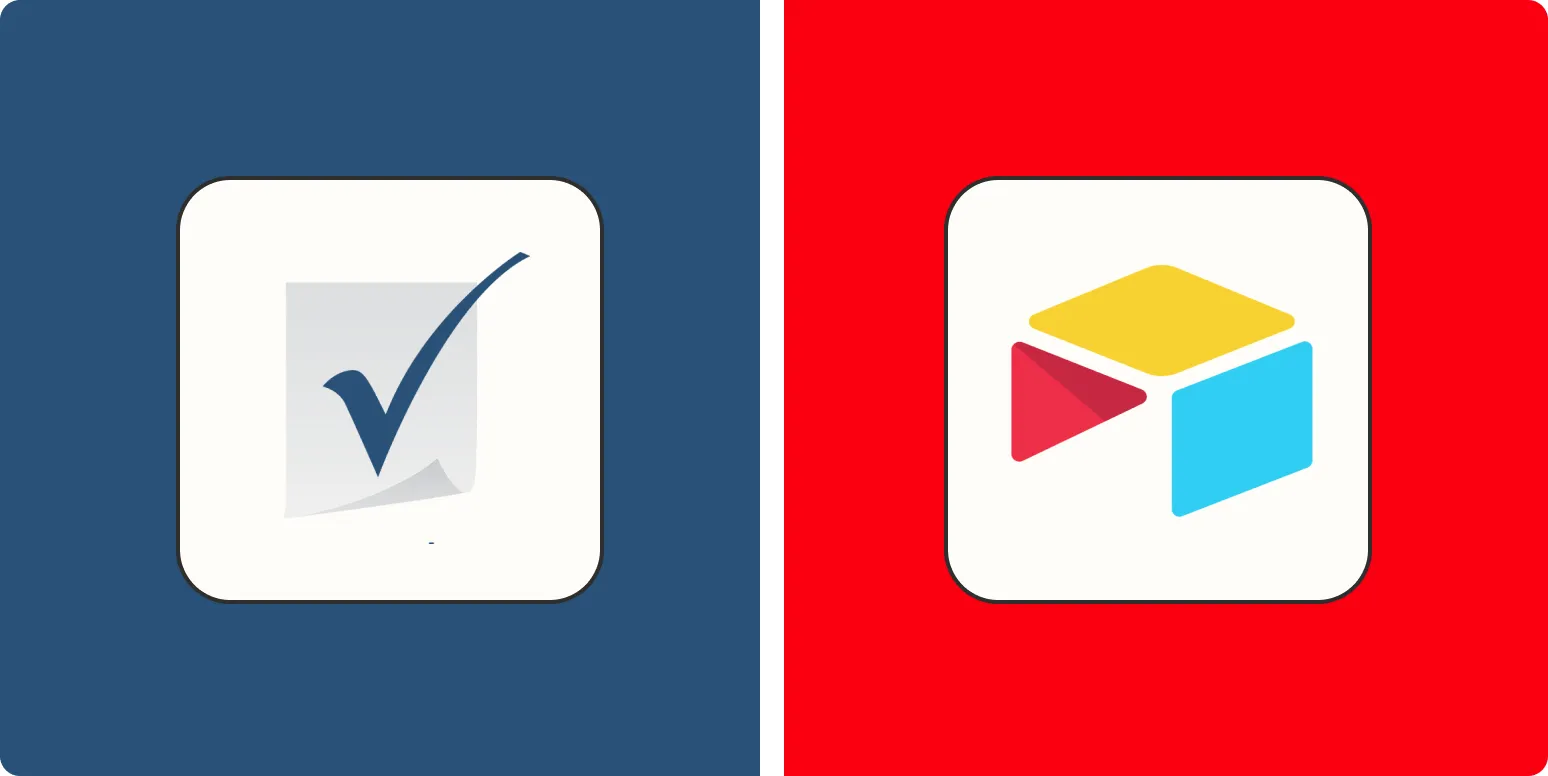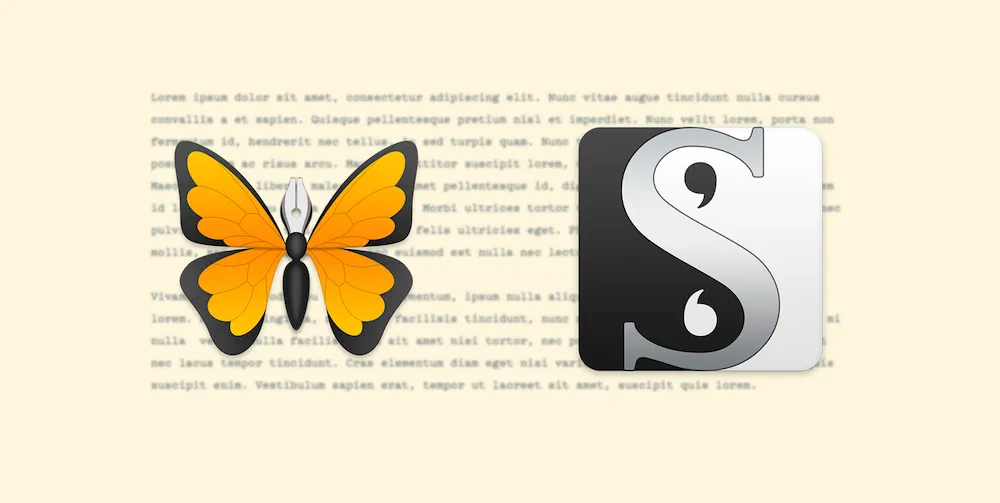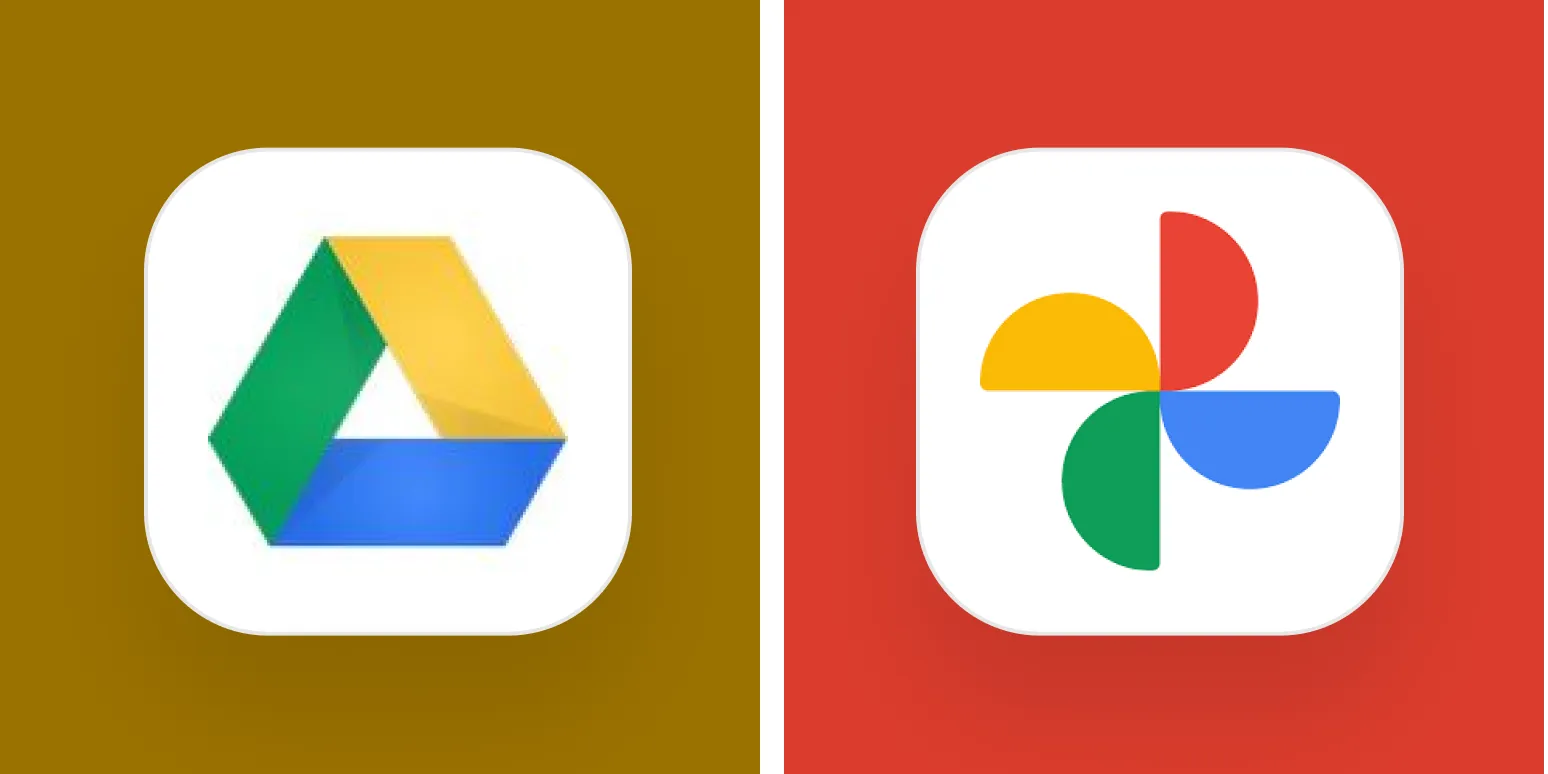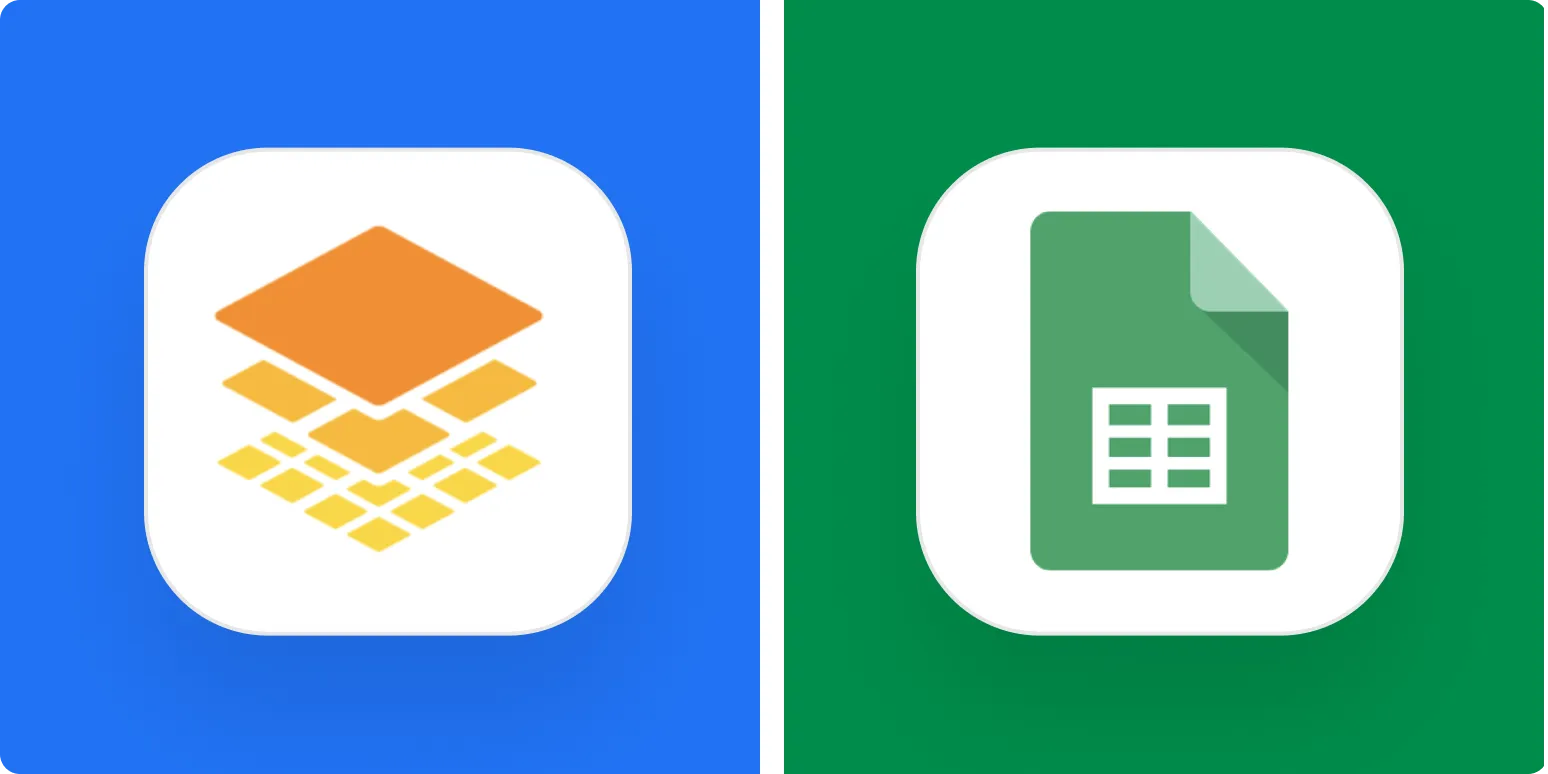Understanding Smartsheet and Airtable
When it comes to project management and team collaboration, both ''Smartsheet'' and ''Airtable'' have gained significant traction. Each platform offers unique features tailored to different needs, making it essential to analyze their strengths and weaknesses. This comparison will help you decide which tool aligns better with your workflow and project requirements.
Key Features Comparison
Both ''Smartsheet'' and ''Airtable'' provide a range of features that can enhance productivity. Below is a comparison of their key functionalities:
| Feature | Smartsheet | Airtable |
|---|---|---|
| Interface | Spreadsheet-like interface | Flexible, card-based layout |
| Templates | Variety of industry-specific templates | Customizable templates |
| Collaboration | Real-time collaboration with comments | Comments and mentions for team collaboration |
| Automations | Robust automation features | Custom automation options |
| Integrations | Wide range of integrations | Multiple app integrations available |
User Experience and Interface
The user experience can significantly impact how effectively a team uses a project management tool. ''Smartsheet'' offers a more traditional spreadsheet interface that is familiar to many users, especially those who have experience with Excel. This design allows for easy data entry and manipulation, making it ideal for users who prefer a structured approach to project management.
In contrast, ''Airtable'' employs a more modern and visually appealing card-based layout. This flexibility allows users to customize their views, switching between grid, gallery, and calendar formats. The interface is intuitive, making it easier for teams to adapt and use effectively, especially for creative projects.
Collaboration Features
Collaboration is crucial in any project management tool. ''Smartsheet'' excels in facilitating real-time collaboration with features like comments, file attachments, and notifications. Users can communicate directly within the platform, ensuring that all discussions related to a project are centralized.
''Airtable'' also promotes collaboration but in a slightly different manner. It allows users to mention team members in comments and create a discussion thread around specific tasks or projects. This feature can enhance team engagement and ensure that everyone is on the same page.
Automation Capabilities
Automation can save teams significant time and effort. ''Smartsheet'' offers advanced automation features, allowing users to automate repetitive tasks, set reminders, and create workflows. This capability is particularly beneficial for larger organizations that need to streamline their processes.
On the other hand, ''Airtable'' provides custom automation options that enable users to create their own workflows. While its automation features may not be as extensive as ''Smartsheet'', the flexibility in designing automations can be advantageous for teams with specific needs.
Integrations and Compatibility
Both platforms offer a variety of integrations to enhance functionality. ''Smartsheet'' integrates seamlessly with popular apps like Google Workspace, Microsoft Office, and Slack, making it a versatile choice for organizations already using these tools. Its robust API also allows for custom integrations, providing even more options for users.
''Airtable'' boasts a wide range of integrations as well, including tools like Zapier, which enables users to connect with various third-party applications. This level of integration can help teams create a tailored workflow that suits their unique requirements.
Pricing Comparison
Pricing is often a decisive factor when choosing a project management tool. ''Smartsheet'' offers several pricing tiers based on user needs, starting with a free trial for individuals. However, its pricing can become steep for larger teams or organizations needing advanced features.
''Airtable'' also provides free and paid plans, catering to different users. Its free version is generous, allowing small teams to get started without incurring costs. As teams grow, they can opt for paid plans that unlock additional features, making it a cost-effective choice for startups and smaller organizations.
Conclusion: Which Should You Use?
The decision between ''Smartsheet'' and ''Airtable'' ultimately depends on your team's specific needs and preferences. If your organization requires a robust, structured approach to project management with advanced automation and integrations, ''Smartsheet'' may be the better fit. However, if you prioritize flexibility, a visually appealing interface, and collaborative features, ''Airtable'' could be the ideal choice for your team.
In conclusion, evaluating your team's workflow, project requirements, and budget will guide you in selecting the right tool. Both platforms offer valuable features, and choosing the one that aligns with your needs can enhance productivity and collaboration within your organization.





